
BACK TO TOP
Meet the 10 global artists coming together for the Art House’s first show
Titled ‘Sangam/Confluence’, the inaugural exhibition promises to be a true marriage of material and culture by leading Indian and international artistsBy Neerja Deodhar | 20th Mar 2023
In Bhupen Khakhar’s artwork from 1970, Man Leaving (Going Abroad), a sombre farewell takes place against a lush tropical backdrop, as ships sail into the blue sea. In Raqib Shaw’s Absence of God Synopsis (2010-2012) glitter, rhinestones and enamel fuse together to tell a story—of decay, divinity and hell.
The prospect of an art show that brings together Khakhar and Shaw—transgressive voices whose works are autobiographical—is in itself an exciting one. With its opening exhibition ‘Sangam/Confluence’, the Art House, a new gallery space at the Nita Mukesh Ambani Cultural Centre (NMACC), turns this prospect into a reality, elevating it further.
Moulded by the shared curatorial vision of Ranjit Hoskote, poet and one of India’s foremost cultural theorists, and Jeffrey Deitch, New York-based curator and art dealer, ‘Sangam/Confluence’ is centred on multilingualism, the interplay between ideas and materiality, and the confluences in craft and philosophy.
Significantly, the values underscored by this group exhibition also guide the workings of the NMACC: paying tribute to Indian art, its diversity and glory, welcoming international art, and democratising the experience of it all. “A space where art does not exist in a bubble, but is celebrated with inclusion and relevance for all,” says Isha Ambani about the new Cultural Centre.
Though the five Indian and five international artists in the exhibition differ greatly in terms of their background and style, what ties them together is their unique connection to India. As Ambani notes, “This exhibit hopes to redefine the ‘East-West’ symbiosis.”
Here’s a brief introduction to the ten artists:
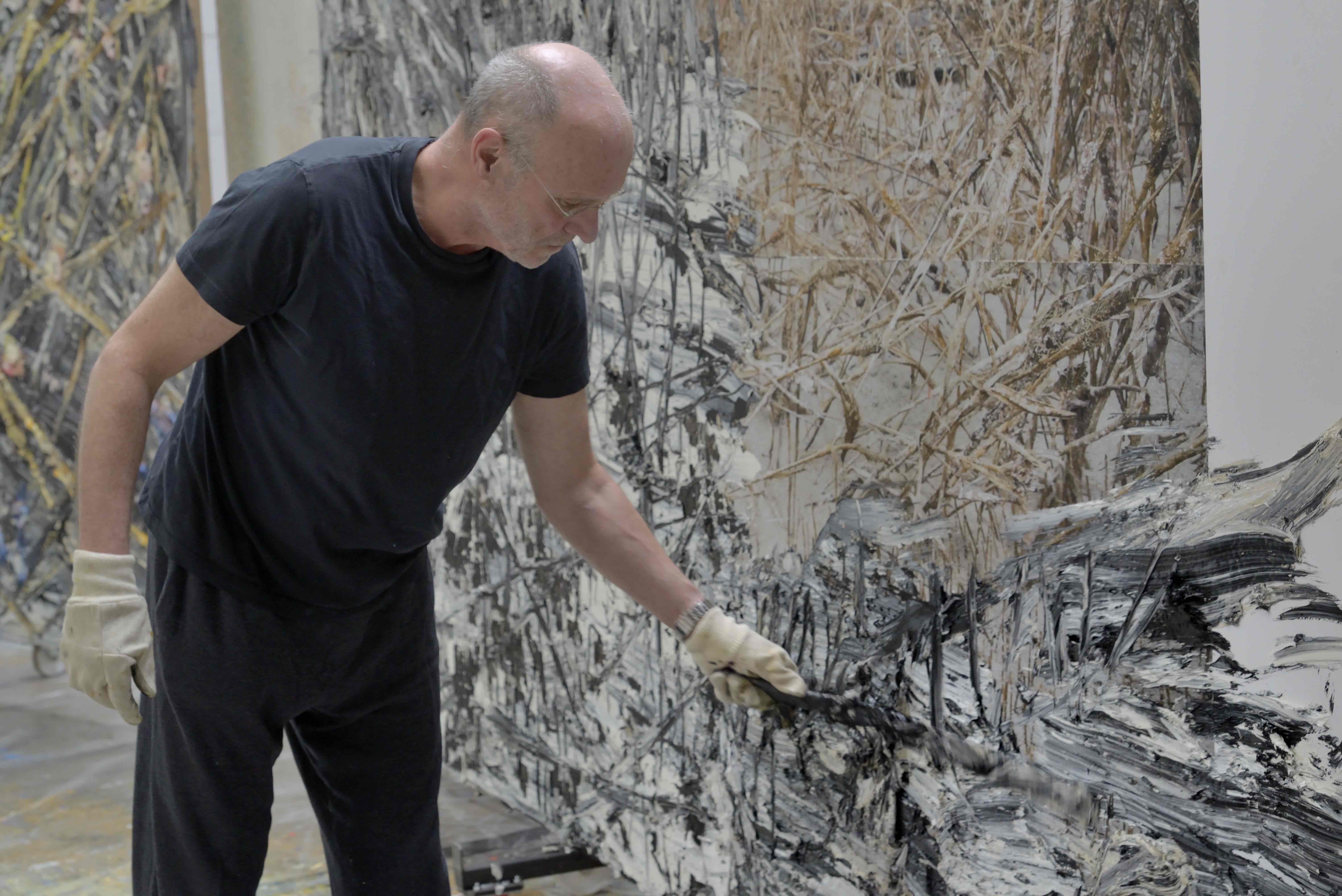 Anselm Kiefer, 2014, copyright Anselm Kiefer. Photograph: Charles Duprat
Anselm Kiefer, 2014, copyright Anselm Kiefer. Photograph: Charles DupratAnselm Kiefer
Named after a 19th-century classical painter, Kiefer’s paintings, drawings and photographs are rooted in his homeland, Germany. He is known for turning clichés on their heads and using humour as an artistic tool; his engagement with his country’s history includes confronting Nazism and the Third Reich. In this group exhibition, Kiefer presents works such as The Shape of Ancient Thought (1996-2012) and Fertile Crescent (2009)—the latter was inspired by a trip to India where the artist first encountered brick factories in villages.
 Getty
GettyCecily Brown
An exploration of desirability, sensuality and the feminine in painting, Brown’s work is reminiscent of contemporary giants such as Francis Bacon and Joan Mitchell, as well as Old Masters like Goya and Rubens. A British painter, Brown lives and works in New York, where she creates pieces influenced by Analytic Cubism and Abstract Expressionism. In works such as Jungle Treatment (2013–2014), the style she employs creates a vigorous, textured outcome.
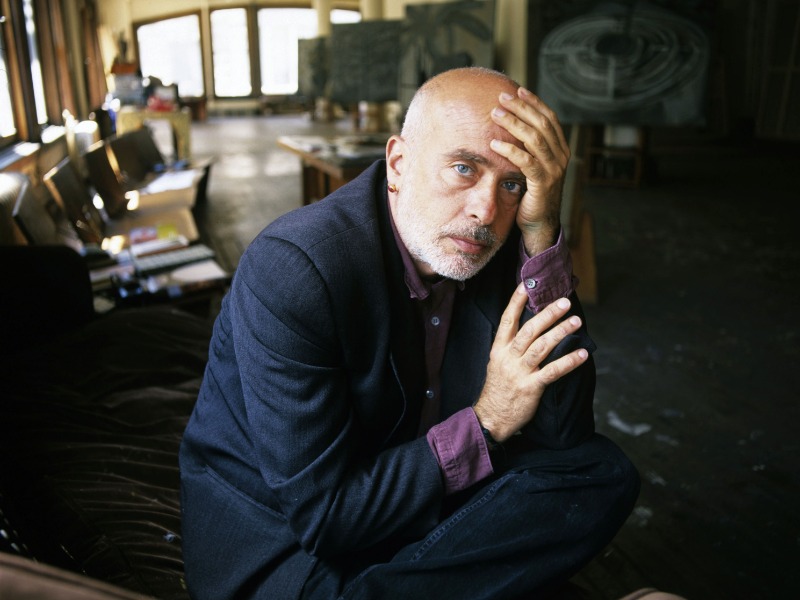 Getty
GettyFrancesco Clemente
The erotic and the spiritual are the focus of Neo-Expressionist Italian artist Clemente’s work across mediums. His education in cultural production took place during his many travels to places such as Rome, where he studied architecture, as well as India, where he spent many summers. At Chennai’s (then Madras) Theosophical Society, Clemente found himself drawn to religious texts. He has also collaborated with miniaturists from Jaipur and Orissa for a series of paintings. ‘Sangam/ Confluence’ features his striking pigment-on-canvas series Everything Only, made in 2020.
 Getty
GettyRaqib Shaw
Raqib Shaw’s instrument of choice is a porcupine quill, which he uses to apply enamel and metallic paint in rich colours. His works are characterised by opulence, as is evidenced by his use of embossed gold and his influences—from Kashmiri shawls to Japanese wedding kimonos. Across his oeuvre, he has explored his Kashmiri roots and personal history, alongside other subjects such as the Old Masters, mythology and ideas of divinity and hell. In his 2016 work, Organ Room at Glyndebourne (Die Meistersinger) and Garden of Earthly Delights Synopsis (2010-2012), Shaw creates spectacles of grotesqueness and pleasure.
 Getty
GettyLynda Benglis
Based in New York and trained in Abstract Expressionism, Benglis’s early work led to an interest in poured latex as a material, through which she wished to set colour free from the canvas. Later in her career, she began creating metal sculptures that were knotted and pleated. Gender and power have been the subjects of her study, and she has often used her art to make statements against male hegemony, especially in the art world. The Manu (2008), a stainless-steel sculpture, was named for the celebrated Indian artist Manu Parekh while also referencing The Laws of Manu.
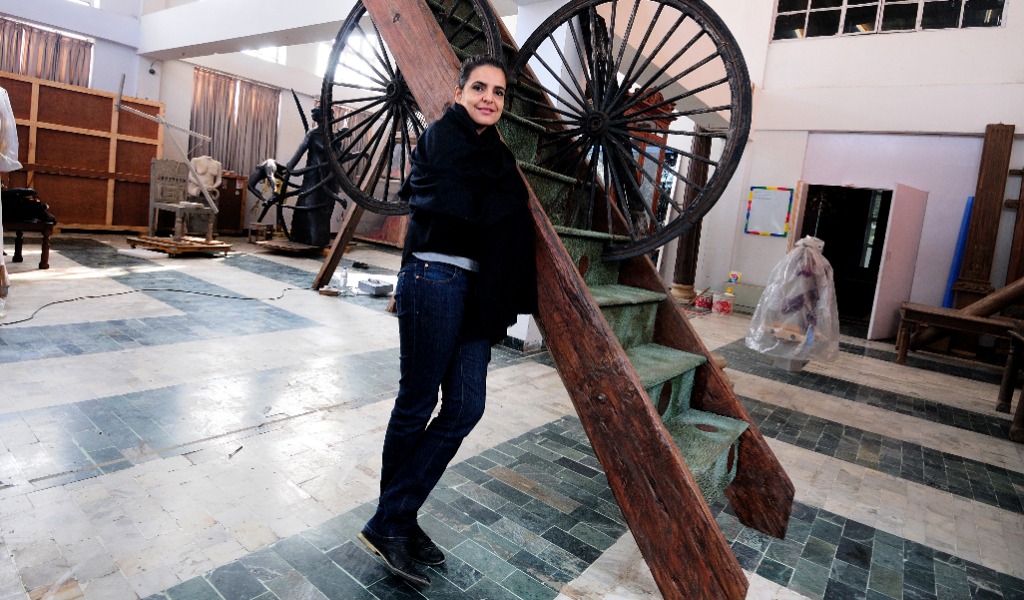 Getty
GettyBharti Kher
Born in London in 1969, Bharti Kher attended art school in Newcastle, England before moving to India in 1992. Kher works across painting, sculpture, and installation, with the bindi a signature material in her practice. Kher engages subjects such as Indian culture, identity, gender, and nature to weave together the daily rituals of everyday life with a kind of magical realism. Her works are multi-faceted and fluid in meaning, with layered references and canny, intentional contradictions. Kher’s sculptures, ranging from her early iconic work The Skin Speaks a Language Not Its Own (2006) to her recent monumental public sculpture Ancestor (2022), are often larger-than-life in scale and concept. In An Absence of Assignable Cause (2007), Kher imagines the form of the blue sperm whale’s heart in fibreglass, adorning the surface in bindis as she questions the porous relationship between the figural and abstract, and between fantasy and reality. Now living and working between India and London, she is among the most significant global contemporary artists working today.
Bhupen Khakhar
Khakhar, a self-taught artist, started out as an accountant and went on to become one of India’s most-lauded artists. He was one of the country’s first artists to express their sexual orientation through their art. Influenced by folk art, Kalighat paintings and the Company style, he depicted ordinary people and used irony to comment on the middle class. A Padma Shri-awardee, he was a key figure of the Narrative-Figurative Movement. In the panoramic diptych Yagnya/Marriage (2000), Khakhar depicts the many aspects of a wedding, while in Fishermen in Goa (1985), there is an undercurrent of homoeroticism.
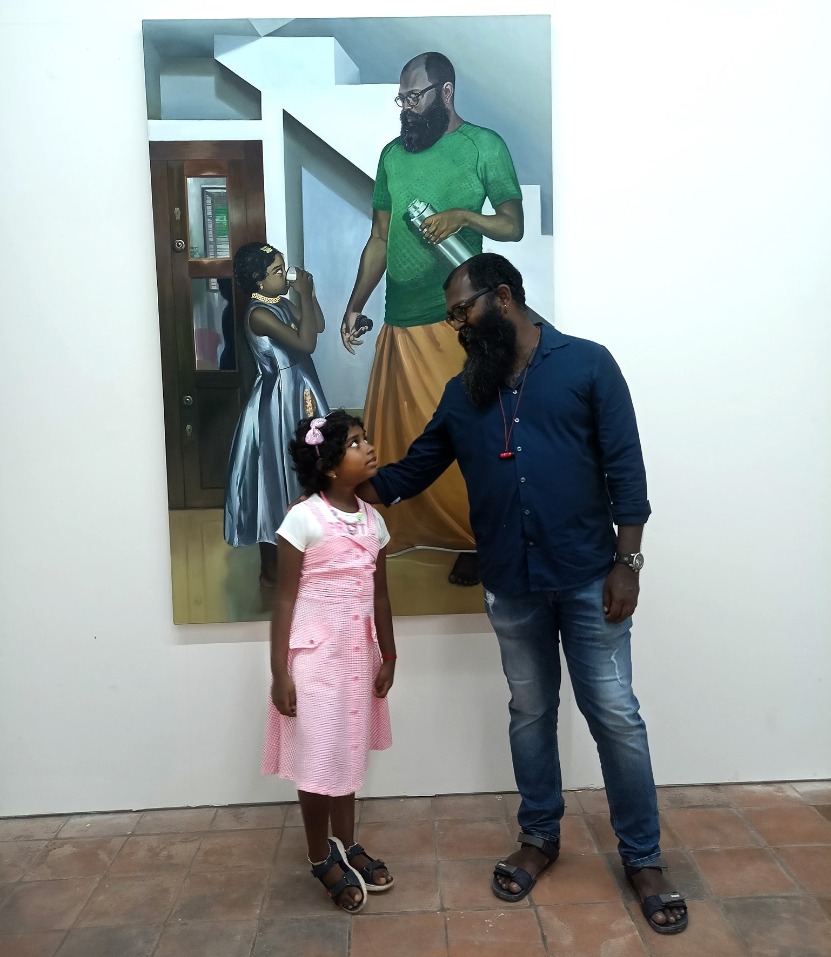
Ratheesh T
Imagined in the magical realist style and composed of lush hues, Ratheesh T’s paintings often feature Kerala’s forests, eliciting varying interpretations. Tellingly, the artist splits his time between Thiruvananthapuram, where his studio is located, and an old family home in Kilimanoor. The settings of his paintings are everyday life, and the subjects are ordinary people, but his works are meant to stir the viewer; consider How Are You? Who Are You? (2018) and Silent Dialogue (2021), paintings situated in households that depict alarm and love respectively.
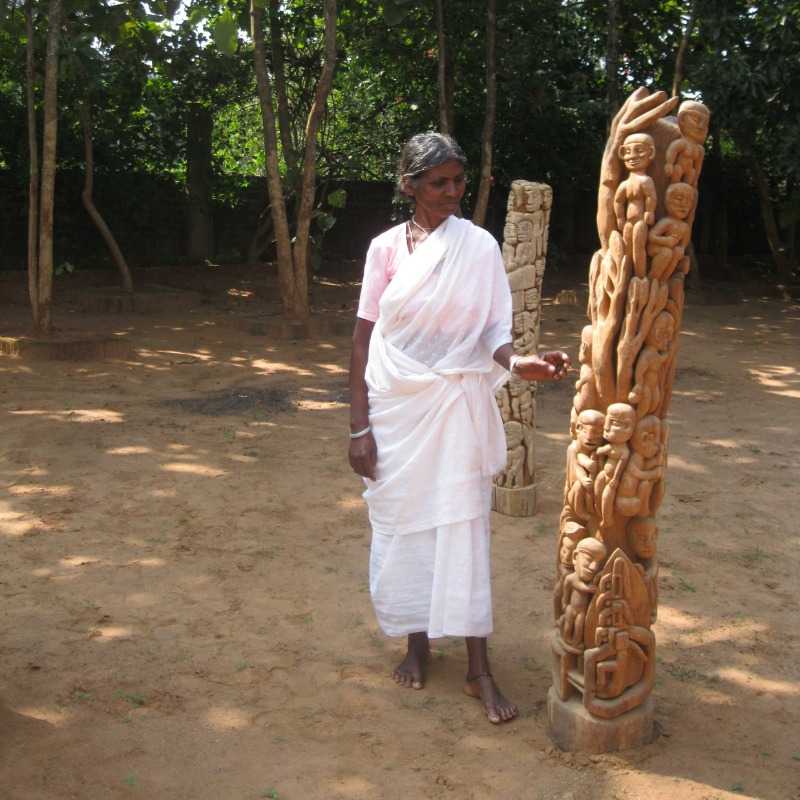
Shantibai
Shantibai, a renowned Adivasi artist from Chhattisgarh’s Bastar region, carved a niche for herself in an otherwise elite art world by asserting her identity through her sculptures. By using the pillar as a form, she subverts the image of the Maria Khambas—which were used to tell hagiographic accounts of the powerful among the Adivasi community. These works in wood tell urgent stories about the present plight of her people, caught as they are between a militarised State and Maoists. In addition to the pillars, Shantibai’s paintings will also be on display at ‘Sangam/Confluence’.
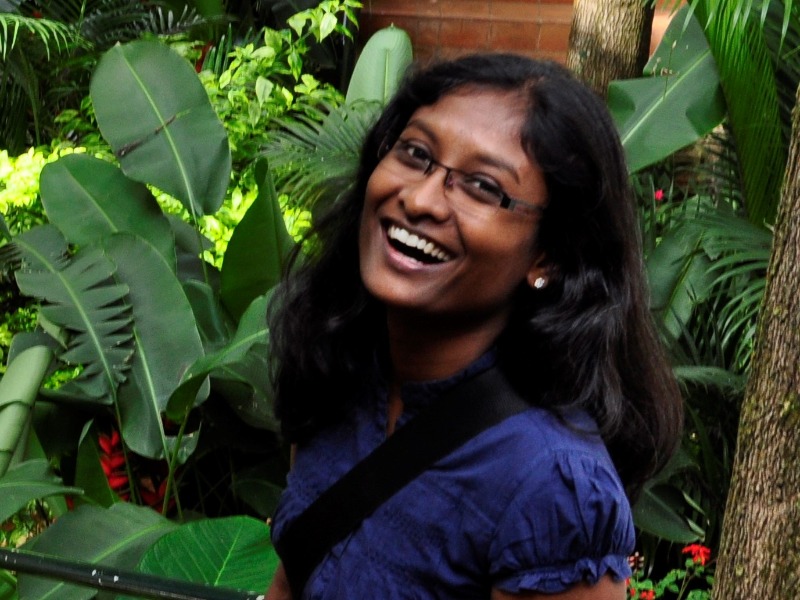
Ranjani Shettar
Journeying from the phenomenological to the metaphysical and back, the works of Bengaluru-based sculptor Shettar express the threats that flora and fauna face today. Her large-scale, immersive environments are composed of a variety of materials—from beeswax and vegetable pastes to steel and cloth. She practises a close involvement with these materials, carving wood entirely by hand, to create a style that evades classification. In works such as In Another Time (2020), muslin cloth, stainless steel and tamarind powder paste come together to become a delicate, otherworldly image.
‘Sangam/Confluence’ will be on view at the Art House, Nita Mukesh Ambani Cultural Centre, Mumbai, from April 3 to June 4, 2023. Open all days; 10am-10pm

